Autoblog may receive a share from purchases made via links on this page. Pricing and availability are subject to change.
Utah's majestic landscapes beckon travelers from all walks of life, offering a symphony of color and wonder during the fall season. As the scorching summer temperatures give way to cooler weather and the crowds lessen, the off-season presents a perfect opportunity to embark on a memorable journey through Utah's five renowned national parks. Whether you're a first-time visitor eager to explore nature's wonders or a seasoned adventurer seeking new trails, Utah's national parks - Arches, Bryce Canyon, Canyonlands, Capitol Reef, and Zion - promise an unforgettable experience.
Exploring the Five Parks
- Arches National Park: Nature's Stone Symphony
- Bryce Canyon National Park: A Wonderland of Hoodoos
- Canyonlands National Park: Where Rivers Carved the Land
- Capitol Reef National Park: Nature's Ancient Artistry
- Zion National Park: A Symphony of Color and Contrasts
Travel Tips
- Exploring Nearby Gems: A Taste of Utah Beyond the Parks
- How to Get There: Embracing the Journey to Utah's National Parks
- How to Get Around: Freedom on Wheels
- Where to Stay: Resting in Nature's Embrace
- What to Pack: Preparing for Utah's Dynamic Climate
Arches National Park: Nature's Stone Symphony
Located just outside Moab, Arches National Park is a mesmerizing wonderland of sandstone arches, balanced rocks, and soaring red cliffs. The park boasts over 2,000 natural stone arches, including the iconic Delicate Arch and the Landscape Arch, one of the world's longest natural stone spans. Witness the play of colors during sunrise and sunset, casting a golden glow on the fiery red rocks. Hiking enthusiasts will relish the trails leading to these captivating formations, with options ranging from easy walks to more challenging treks. Don't forget your camera; Arches National Park offers numerous photography opportunities, capturing the essence of the Southwest's rugged beauty.
Bryce Canyon National Park: A Wonderland of Hoodoos
Venture to Bryce Canyon National Park, a geological marvel characterized by its intricate hoodoos—tall, thin spires of rock that create a surreal landscape. During the fall, the contrast of the orange-red hoodoos against the blue skies and golden foliage is simply enchanting. The must-see spots include Sunrise Point, Sunset Point and Inspiration Point, offering panoramic views of the Bryce Amphitheater. Families and casual hikers can explore the easy Rim Trail, while adventurous souls may opt for the challenging Fairyland Loop or Peek-a-Boo Loop trails. As the sun sets, stay a while for stargazing; Bryce Canyon's night skies are designated as an International Dark Sky Park, making it a prime location for observing the stars.
Canyonlands National Park: Where Rivers Carved the Land
Prepare to be awestruck by the rugged beauty of Canyonlands National Park, where the Green and Colorado Rivers have sculpted deep canyons and mesas over millions of years. The park is divided into four districts—Island in the Sky, The Needles, The Maze and the Colorado and Green Rivers—which each offer unique experiences. Island in the Sky, the most accessible district, provides breathtaking views of the surrounding canyons from its lofty heights. Admire the beauty of Mesa Arch as it frames the sunrise, casting its fiery glow upon the canyon walls. The adventurous can explore The Needles and The Maze, known for their remote trails and challenging terrain. A visit to Canyonlands is an opportunity to connect with the raw power of nature and witness the incredible geological forces at work.
Capitol Reef National Park: Nature's Ancient Artistry
Nestled in the heart of Utah, Capitol Reef National Park showcases a landscape of sandstone domes, towering cliffs, and petroglyph-adorned rock walls. The Waterpocket Fold, a nearly 100-mile-long warp in the Earth's crust, runs through the park, giving rise to its stunning geological features. Take a scenic drive along Capitol Reef's main road for an introduction to the park's wonders. The historic Fruita Orchards, bursting with ripe fruit during the fall, is an ideal spot for a leisurely stroll and a delicious picnic. For hikers, the Cassidy Arch Trail and Capitol Gorge Trail offer delightful excursions through this ancient landscape.
Zion National Park: A Symphony of Color and Contrasts
Zion National Park, a jewel of the Southwest, is a captivating blend of towering sandstone cliffs, lush greenery, and the meandering Virgin River. As autumn descends upon the park, the cottonwood trees don their golden hues, creating a striking contrast against the red cliffs. The Virgin River Narrows is a must-see, offering a unique hiking experience as you wade through the river amidst towering slot canyons. For panoramic views of the park, ascend the trails to Observation Point or Angels Landing (with due caution). Families will enjoy the Emerald Pools Trail, offering a gentle hike to picturesque waterfalls and pools.
Travel Tips
Exploring Nearby Gems: A Taste of Utah Beyond the Parks
While the five national parks in Utah are the primary focus of many travelers, the surrounding areas offer additional adventures worth exploring. Don't miss the scenic drive along Highway 12, renowned as one of the most beautiful highways in the country, connecting Bryce Canyon, Capitol Reef and Grand Staircase-Escalante National Monument. For a glimpse into Utah's ancient past, visit Edge of the Cedars State Park Museum in Blanding, which houses an impressive collection of Ancestral Puebloan artifacts.
How to Get There: Embracing the Journey to Utah's National Parks
Utah's five national parks are nestled within the stunning landscapes of the American Southwest, accessible from various entry points. For travelers venturing from different parts of the country, flights to Salt Lake City International Airport (SLC) offer the most convenient gateway to Utah's national park adventure. From SLC, renting a car or an RV/campervan is the ideal choice for flexibility and convenience in exploring the parks. Adventurers flying into Las Vegas McCarran International Airport (LAS) can also embark on a scenic road trip to reach Utah's parks, creating an unforgettable journey through the diverse terrains of the Southwest.
How to Get Around: Freedom on Wheels
Once in Utah, having your own wheels unlocks the freedom to explore the national parks at your own pace. Renting a car offers the flexibility to access each park with ease, and many major car rental companies operate from Salt Lake City and Las Vegas airports. For those seeking a truly immersive experience, renting an RV or campervan allows you to embrace the full spirit of adventure while enjoying the comforts of home on the road. This option is particularly enticing for families or travelers who wish to camp within the parks, surrounded by nature's wonders. Another great option, especially for wheeling enthusiasts, is to rent an off-road capable SUV like a Jeep, 4Runner or Bronco. While off-roading isn't permitted in most National Parks, outside areas like Moab are world famous for their 4-wheeling opportunities. Make sure to check where you're off-roading is legal. Currently, ATVs and off-road vehicles are banned inside all of the Utah parks, whether you're on the paved rod or not. See the NPS disclaimer about off-roading below.
Where to Stay: Resting in Nature's Embrace
Utah's national parks offer a range of accommodation options to suit various preferences and travel styles. For nature enthusiasts seeking an immersive experience, camping within the parks is an excellent choice. Each park has developed campgrounds equipped with facilities, as well as primitive campsites for a more secluded experience. It is advisable to book camping reservations in advance, especially during the popular fall season when demand is high.
For travelers seeking the comforts of a bed after a day of exploration, nearby towns and cities offer an array of lodging options. Moab, located near Arches and Canyonlands National Parks, is a popular base for visitors, offering hotels, motels, and cozy lodges with picturesque views of the red rock landscapes. Bryce Canyon City and Springdale serve as convenient accommodations near Bryce Canyon and Zion National Parks, respectively. For those seeking a touch of local charm, bed and breakfasts provide a warm and welcoming atmosphere, immersing guests in the culture and hospitality of Utah.
What to Pack: Preparing for Utah's Dynamic Climate
Utah's diverse landscape and fluctuating fall weather demand strategic packing to ensure a comfortable and enjoyable adventure. Here's a checklist to help you prepare for your journey:
- Layered Clothing: As fall temperatures can vary, pack a mix of lightweight and warmer layers to accommodate changing conditions. Long-sleeve shirts, sweaters and a jacket are essential.
- Sturdy Footwear: Comfortable, closed-toe shoes with good traction are vital for hiking and exploring rugged terrain.
- Hiking Gear: Bring a reliable daypack, a refillable water bottle, a first aid kit, and a trail map or GPS device for your hikes.
- Sun Protection: Protect yourself from the sun's rays with sunscreen, sunglasses and a wide-brimmed hat.
- Camera Gear: Capture the beauty of the national parks with your camera, lenses, tripod, and spare batteries.
- Camping Essentials: If camping, pack a tent, sleeping bag, sleeping pad and camping stove for a cozy and self-sufficient experience.
- Personal Items: Don't forget your ID, passport (if required), travel insurance and any necessary medications.
- Snacks and Water: Carry energy-boosting snacks and sufficient water to stay hydrated during your adventures.
- Binoculars: Enhance wildlife viewing by bringing binoculars for close encounters with the park's fauna.
- National Park Pass: Consider purchasing an America the Beautiful National Parks and Federal Recreational Lands Pass for unlimited access to all national parks and federal recreation sites.
- Rain Gear: Be prepared for the possibility of rain with a lightweight, waterproof jacket or poncho.
- Warm Accessories: Pack gloves, a beanie, and a scarf for chilly evenings and early mornings.
- Swimwear: If you plan to visit any of the parks' natural swimming holes or hot springs, bring your swimwear.
- Insect Repellent: Some areas may have insects, so pack insect repellent to stay comfortable during your explorations.
- Travel Adapters and Chargers: Bring the necessary adapters and chargers for your electronic devices.
- Cash and Credit Cards: While credit cards are widely accepted, having some cash on hand is useful for smaller establishments.
- Reusable Utensils and Water Bottle: Minimize waste and support sustainability by carrying reusable utensils and water bottle.
- Trekking Poles: If you plan on tackling some of the more challenging hikes, trekking poles can provide added stability and support.
As the fall season blankets the Southwest in vibrant colors, you'll witness nature's artistry at its finest. From the soaring arches of Arches National Park to the mesmerizing hoodoos of Bryce Canyon, and the raw beauty of Canyonlands, Capitol Reef and Zion, Utah's national parks promise a once-in-a-lifetime experience for every traveler.
Author's Note: Before embarking on your journey, ensure you check for any travel advisories, park alerts, or COVID-19 safety guidelines that may be in place. It's essential to prioritize your safety and the safety of others during your visit. Remember to respect the parks' fragile ecosystems, abide by Leave No Trace principles, and embrace a sense of responsibility toward preserving these natural treasures for generations to come. Safe travels and enjoy the breathtaking beauty of Utah's national parks!

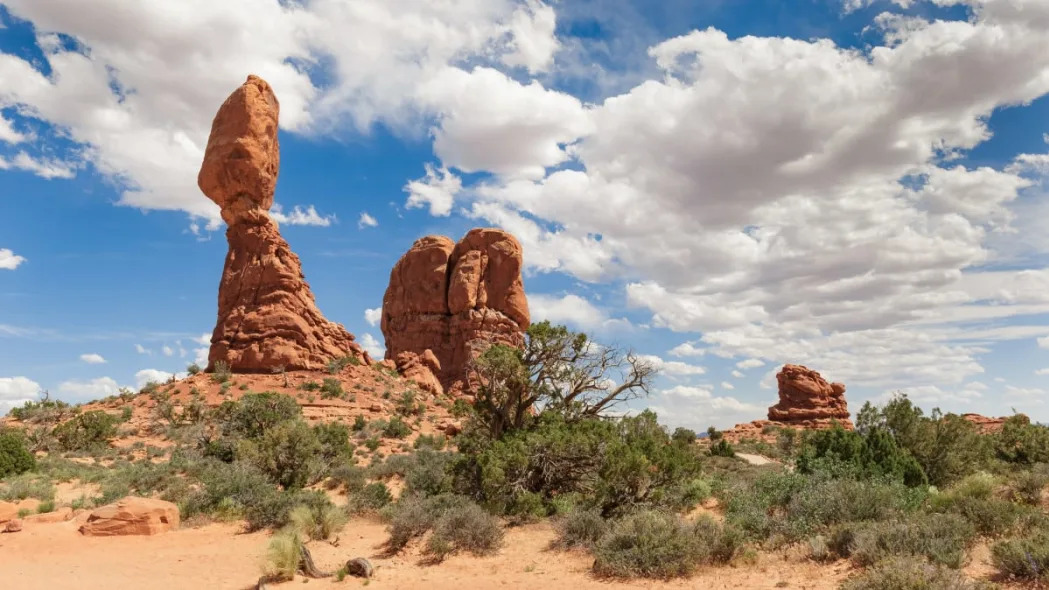
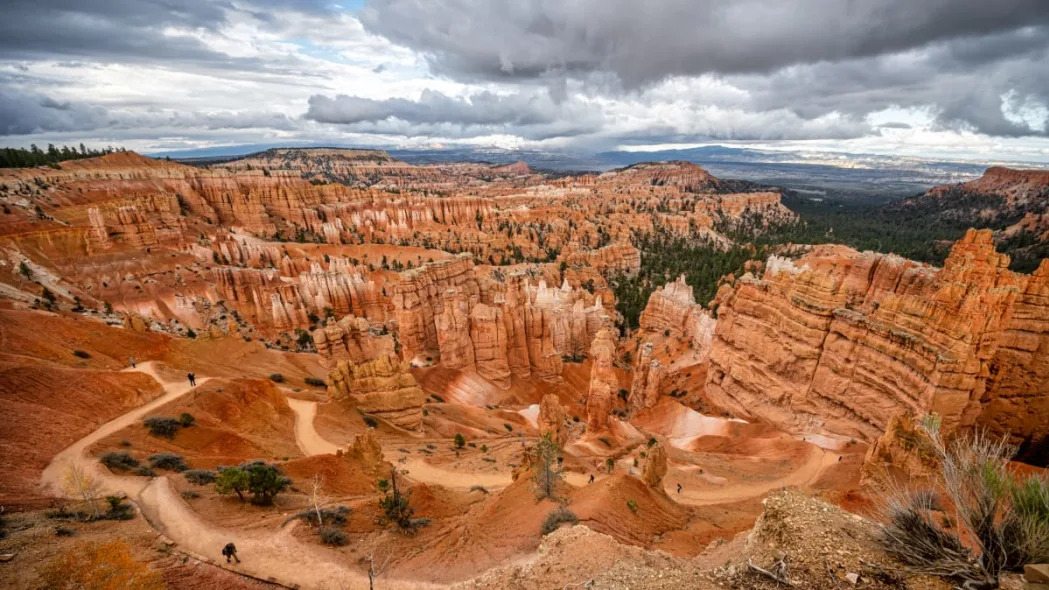
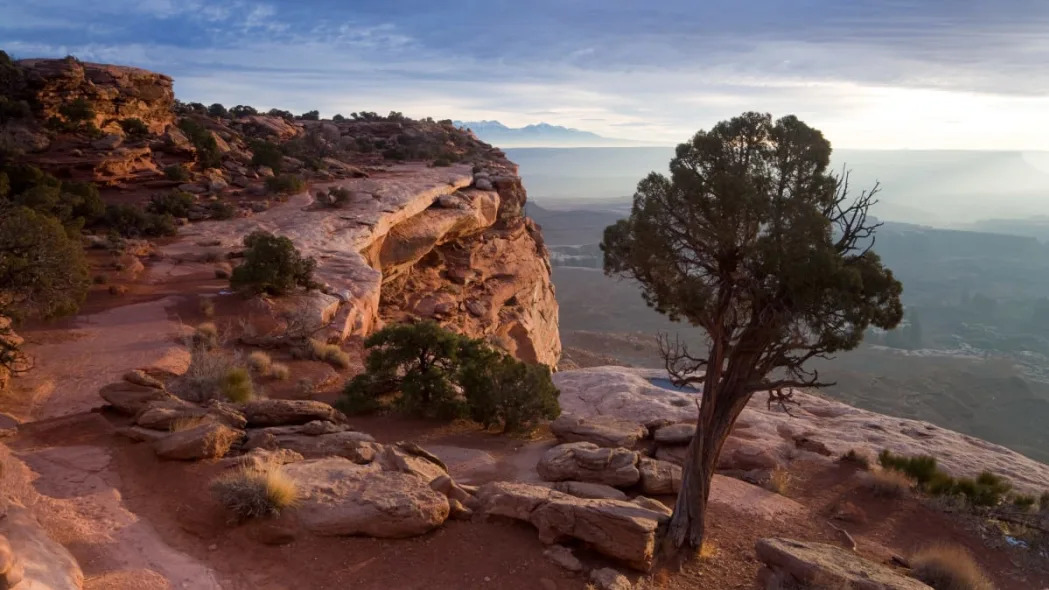

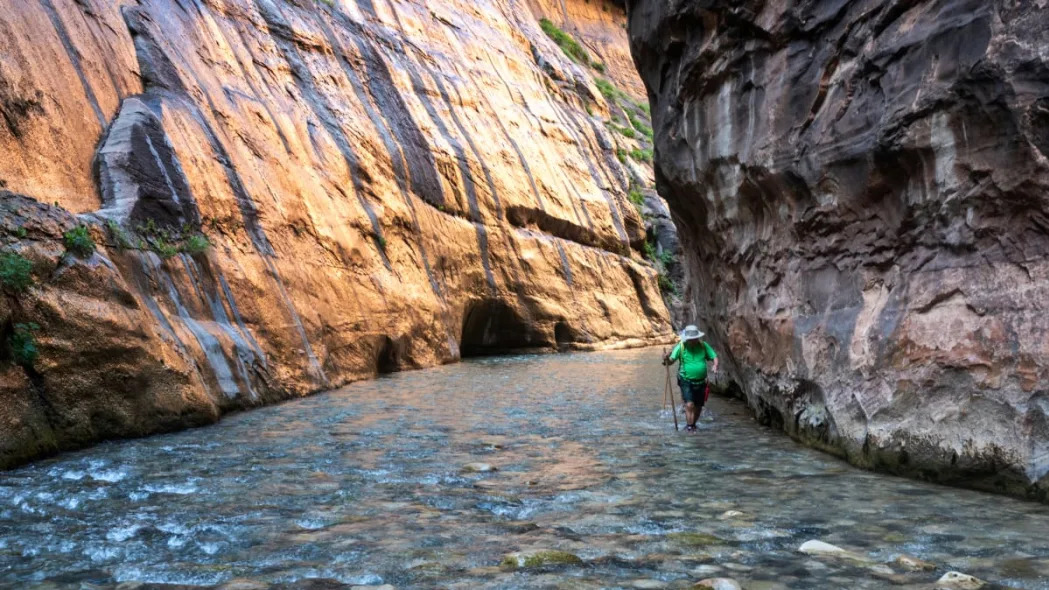

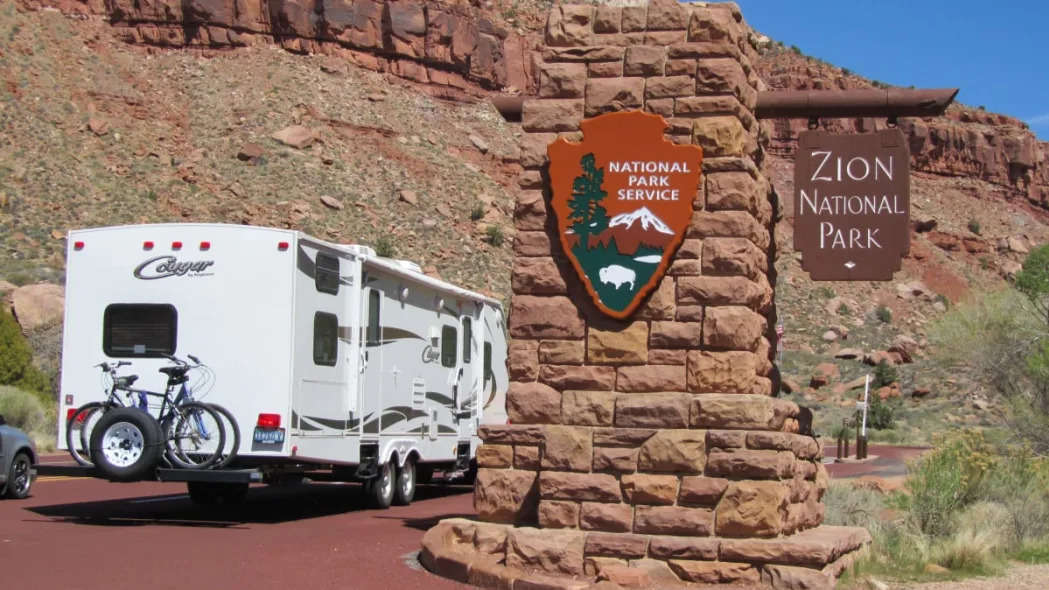

Sign in to post
Please sign in to leave a comment.
Continue